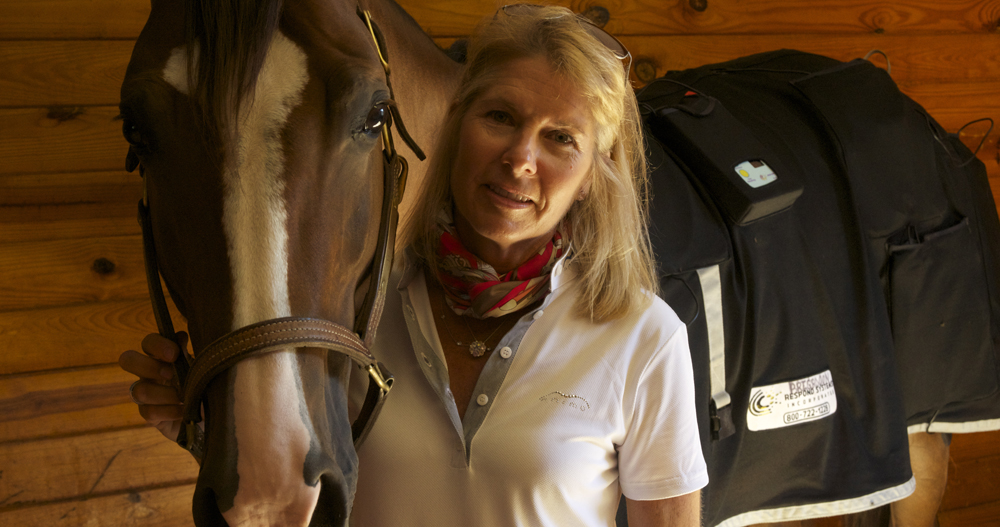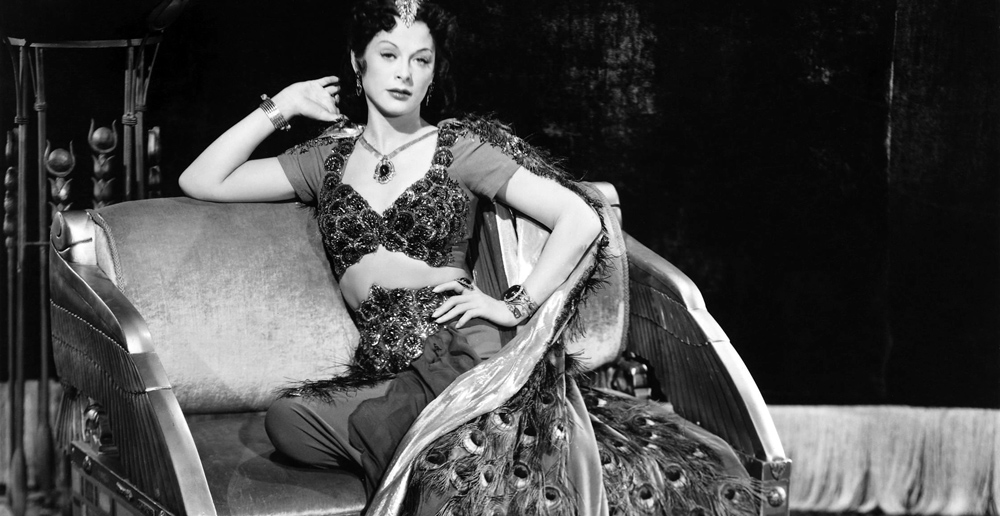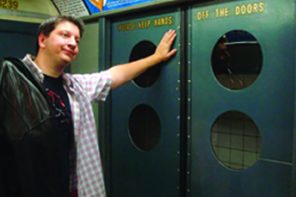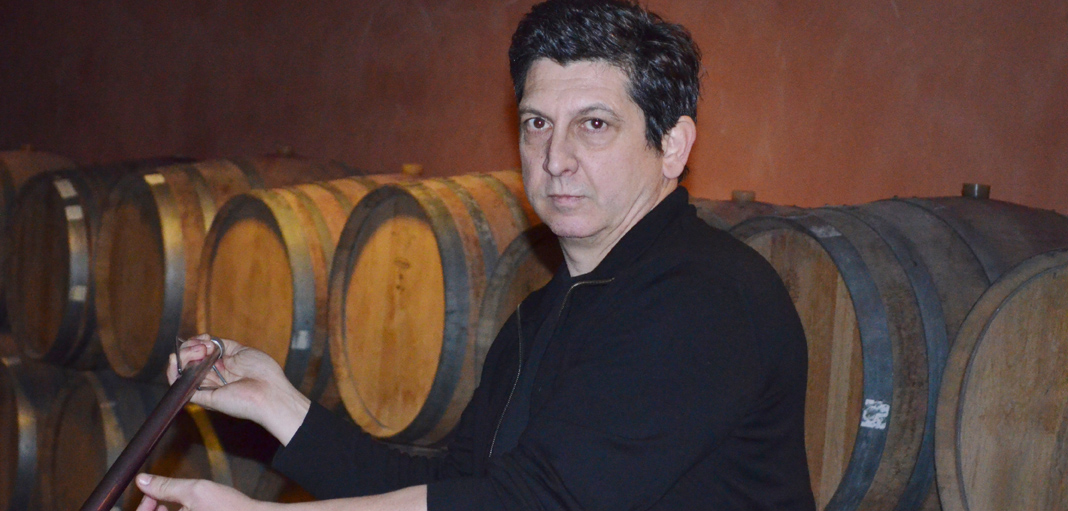Photographs by Bob Rozycki.
Lainie Wimberly has impossible conversations on a daily basis.
Wimberly, an equestrian, can’t verbally converse with her athletic collaborator. Instead, she uses physical commands – a tug on the reins, pressure with one leg or the other – to direct her horse through the show ring.
“Like I tell my clients, you’re communicating with your animal through sign language,” said Wimberly, who owns Brigadoon Show Stables at Turkey Hill Farm in North Salem. “You might want to make him stay out in a turn – you’ll use your thigh, your knee and your calf to push him out – but you won’t use your spur or your heel, because that would move him forward.”
Wimberly won the 2002 World Champion Hunter Rider professional challenge championship on Nobleman, a horse that won more than $100,000 that season.
Jumping is all about coordination between rider and horse, with the rider maximizing cues to her mount.
“There’s a whole array of different aids you can use, and the trick is to coordinate your aids and use them in balance with one another so you can have the horse do what you’d like him to do in varying degrees.”
The way Wimberly explains it, it all sounds so simple.
Nestled amongst the northern Westchester hills, Brigadoon Stables is where Wimberly built a career around teaching riders how to communicate with their mounts to negotiate the jumping course.
Located just off of Grant Road, Wimberly’s immaculate facility has stalls for 24 horses, paddocks for the horses to graze, an indoor practice ring and other features.
As a horse walked on a treadmill in the barn with the indoor practice ring, Wimberly explained the device’s importance to the training of hunter and jumper horses.
“It’s low impact and helps build up the horse’s core muscles. You’ll notice it helps keep the horse very straight,” Wimberly said. “When I’m teaching horses to carry adult riders or children, one of the three components of riding that I stress is straightness.”
For show hunters, the judges look at the horse’s form as it leaps the eight to 12 jumps on the course. The horse should have even strides between the jumps and make the traversal look effortless.
“The judges will notice the results of a horse being straight or not being straight – a horse that is straight will have a higher… quality of jump,” said Wimberly, who at age 11 became the youngest rider to appear at Madison Square Garden. “A horse that isn’t straight will tend to be lower and flatten out and not be as square.”
Ideally, the horse should make a neat bascule (arc crossing the jump), somewhat like a leaping dolphin. Often achieving that happens by the horse starting the jump at the proper distance. “If the horse is straight, balanced and in a consistent rhythm, that horse will help find the distance for the rider.”
Just outside the main barn, Wimberly had an all-weather synthetic surface practice ring installed over rock. The surface has a felt base with a combination of dirt, sand, fabric and wax to protect the horses as they negotiate the course.
“It’s firm and soft at the same time, so it’s solid, but you have a little bit of a cushion, which prevents soft tissue injuries,” Wimberly said, holding a handful of the surface mix. Horses can injure their joints when turning sharply at speed if the surface isn’t somewhat forgiving. “There are no stones in it at all, but it’s hard. And it’s not dusty. It’s expensive to put in, but it’s the best.”
Back in the barn, a smiling Wimberly throws on boots and spurs while a groom puts riding tack on one of the horses.
The preferred breed of horse for hunting and jumping competition is the European Warmblood.
“We used to primarily, when I started as a junior rider, ride American Thoroughbreds,” Wimberly explained. “Our industry has slowly integrated and changed over to European Warmbloods.”
American Thoroughbreds are best-known as racehorses, bred to run extremely fast while carrying 126 pounds of jockey and tack. They also have a tendency to have a spicy temper.
“I believe that the Warmblood offered a horse that has the same kind of jumping ability and stamina as an American Thoroughbred but has a better mind,” she said. “The horse is suitable for a lot of different riders. It’s calmer and more relaxed. They’re a little more gentle in their approach but have the athleticism that we need.”
Over the past 100 years, horsemen in Europe have developed an extensive breeding program to foal horses for show jumping, and as more Americans brought horses back from Europe for competition, the breed has taken over.
As a trainer, Wimberly frequently shops for horses for clients, a job which sounds a lot like matchmaking.
“I pride myself on being able to match horse to rider. It’s one of the most important things,” she added.
Wimberly assesses the riders’ abilities, watching them ride their own horses or horses at her stable. She can tell whether the rider makes a horse edgy or more relaxed and then tries to find a horse that matches that rider’s personality to enhance the rider’s performance in the show ring.
“She’s very good at finding young horses and bringing them along,” said Ali Sirota, a client of Wimberly’s. Sirota’s public relations agency counts Brigadoon Show Stables as a client. “My horse, we bought him when he was 5 years old. He had a lot of raw talent, but Lainie built him into the horse he is now. She took a nice jumping horse and made him a great jumping horse.”
Sirota said that Wimberly built her horse’s musculature. “Not only can you see the difference, I can feel the difference” as a rider, she said.
Mental training played a role, too. “He’s learned to do that with you no matter what your state of mind is,” Wimberly said to Sirota.
“Like we were talking about earlier, when riders become nervous or anxious – everyone does before a competition – there’s some tension there. There’s something that the horse is going to feel.”
Wimberly guided her mount effortlessly though the eight jumps in the outdoor ring, using the reins and physical cues. The only exception was an occasional cluck, a clicking sound the rider makes with the mouth to encourage the horse.
“My job is to make those horses so comfortable in their ability and confident in their own job that they disregard what the rider is feeling.”
For more, visit brigadoonstables.com.




